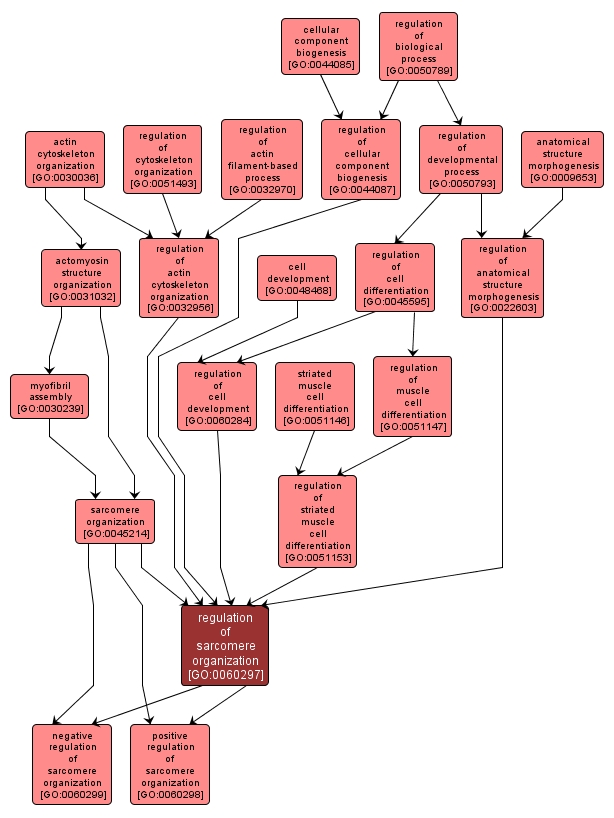| Desc: |
Any process that modulates the rate, frequency or extent myofibril assembly by organization of muscle actomyosin into sarcomeres. The sarcomere is the repeating unit of a myofibril in a muscle cell, composed of an array of overlapping thick and thin filaments between two adjacent Z discs. |














